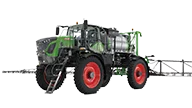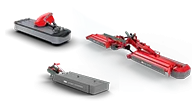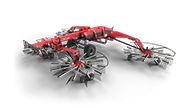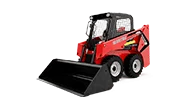Summary
New sod needs 2-3 weeks to establish roots before mowing. Test readiness with a gentle tug, then mow high with a sharp blade. The key is patience—rushing can damage your investment and set back establishment by weeks.
Shortcuts
Get more helpful tips & tricks for your lawn 👇
You’ve just invested in beautiful new sod for your lawn, and it’s looking great. But as the grass starts to grow taller, you might be wondering when you can fire up the mower. The answer isn’t immediately—and there’s a good reason why patience pays off when it comes to your new lawn.
Why You Can’t Mow Sod Right Away
Think of fresh sod like a beautiful rug that’s been laid on top of your yard. While it looks established from day one, underneath the surface is a different story.
The root development process:
- New sod lives off its existing root ball initially
- Takes 2-3 weeks to send out new roots into your soil
- Roots must anchor firmly before any stress is applied
What happens if you mow too early:
- Can literally pull up sections of sod
- Damages delicate, newly forming roots
- Sets back establishment by weeks
- May cause permanent damage to sections that fail to root
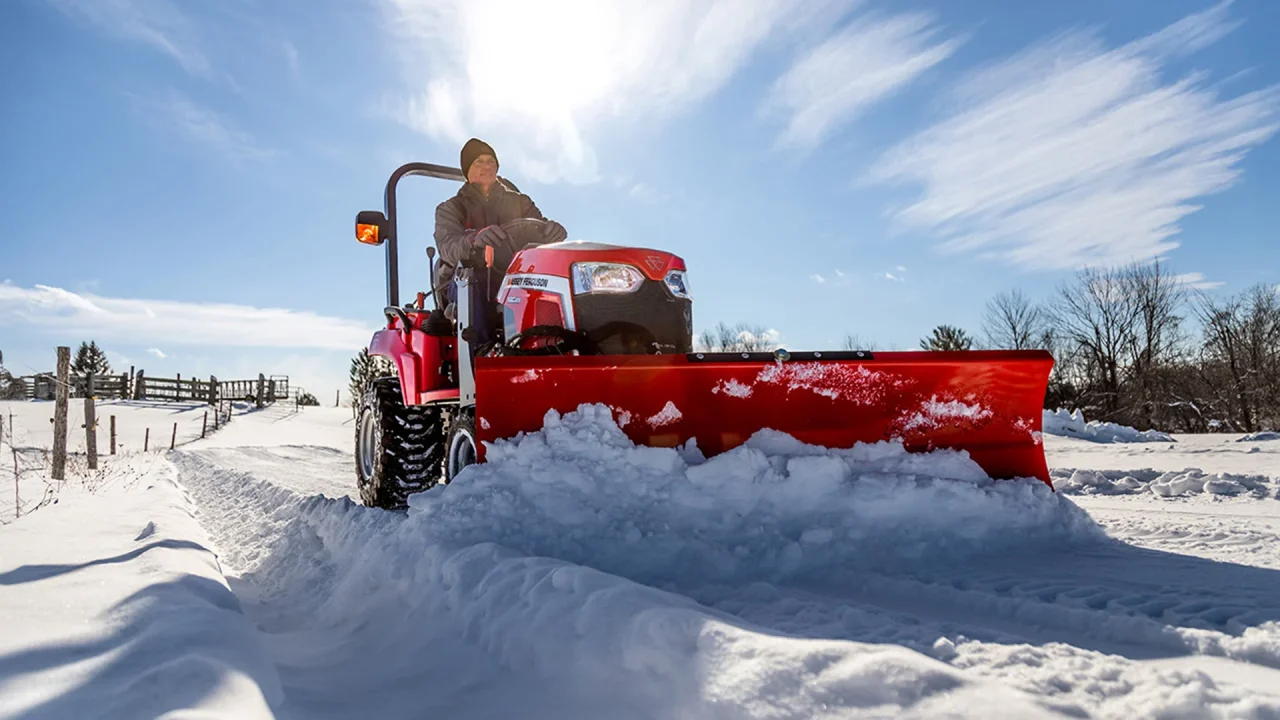
A Lawn Mower You Can Use All Year Round
Get a 1GC compact tractor and get more than a mower. You’ll save time on property care in every season.
How to Know Your Sod Is Ready for Its First Cut
The Tug Test (2-3 weeks after installation)
Gently grab a corner or edge of the sod and give it a light pull:
- Ready to mow: Sod resists and feels firmly attached
- Wait longer: Sod lifts easily or feels loose
Additional Readiness Indicators
- Grass height: 3-4 inches tall
- Weather factor: Different grass types and conditions affect timing
- Visual check: New growth visible at the base
Pro tip: Let the sod tell you when it’s ready rather than strictly following the calendar.
How to Mow New Sod the Right Way
Essential First-Mow Checklist
- ✓ Mower height: Set to highest setting
- ✓ Blade condition: Sharp blade only (dull blades tear grass)
- ✓ Cutting rule: Remove only top 1/3 of grass blade
- ✓ Speed: Move slowly across the lawn
- ✓ Turns: Avoid sharp turns or aggressive patterns
Why These Rules Matter
High cutting setting: Prevents scalping and grass shock Sharp blade: Creates clean cuts that heal faster and resist disease Slow movement: Reduces stress on newly established roots Gentle handling: Protects sod that’s still settling in
Equipment Considerations
For very new sod, consider using a lighter push mower instead of a heavy riding mower to minimize ground pressure.
Caring for Your Sod After That First Mow
Once you’ve completed your first mow, give your sod a light watering to help it recover from the stress of cutting. Avoid heavy foot traffic for a few more days while the grass adjusts to its new height.
Moving forward, you can establish a regular mowing routine, typically once per week during the growing season. Keep following the one-third rule—never cut more than one-third of the grass blade length at once—and gradually lower your cutting height over the next few mows until you reach your desired lawn height.
Remember that a well-established lawn starts with proper care in those crucial first few weeks. By being patient with that first mow and following these guidelines, you’ll set your new sod up for years of lush, healthy growth.





